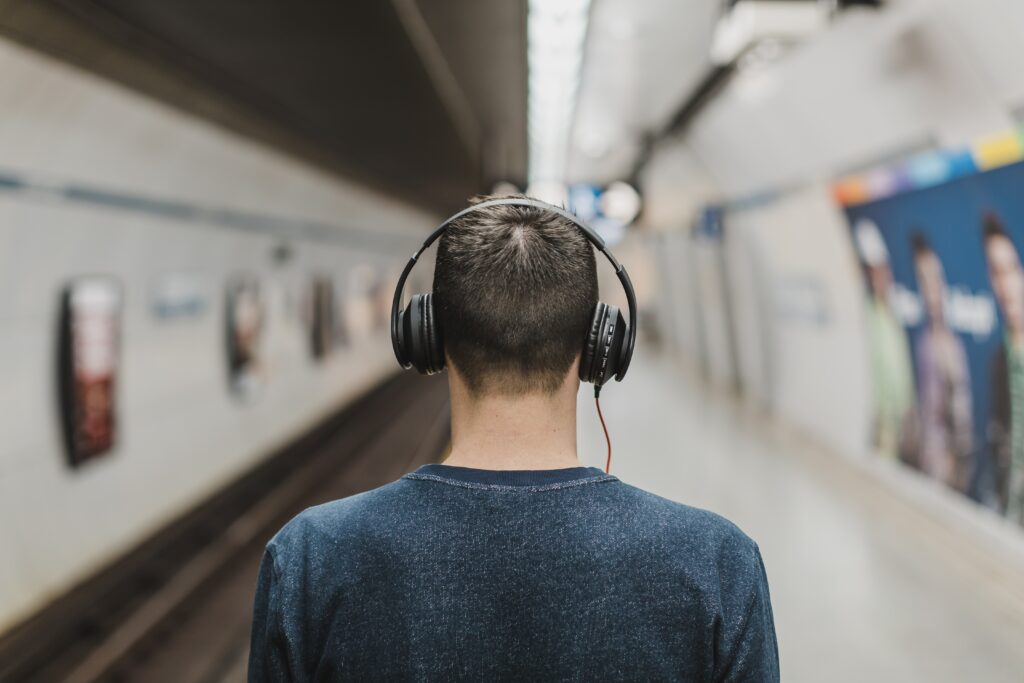1 – The telephone
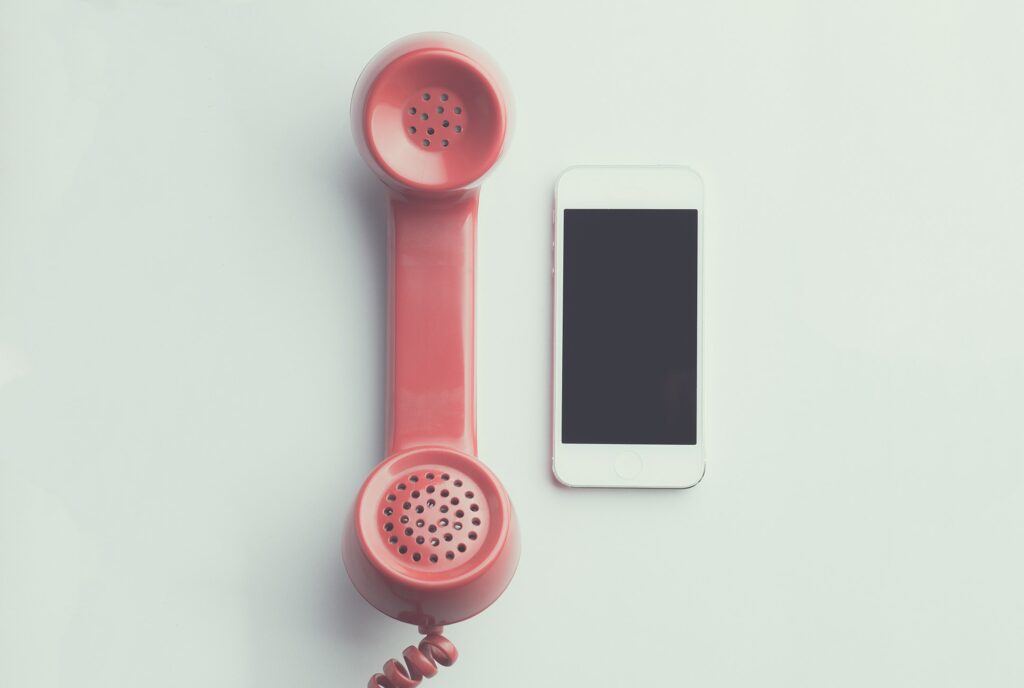
Your smartphone is the heir to a long transformation of our means of communication.
The first stone was brought by Alexander Graham Bell.
He dedicated his life to deaf and hard of hearing people, his wife and mother being deaf. His research has focused on hearing and diction.
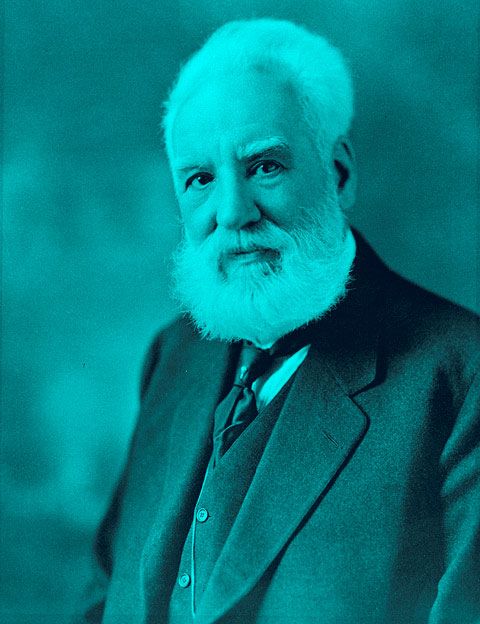
He dedicated his life to deaf and hard of hearing people…
He built hearing aids with the aim of allowing the deaf to be able to “hear” sounds through an electrical system and then filed his invention in 1876.
This will be the beginning of the fixed telephone.
2 – Text messages
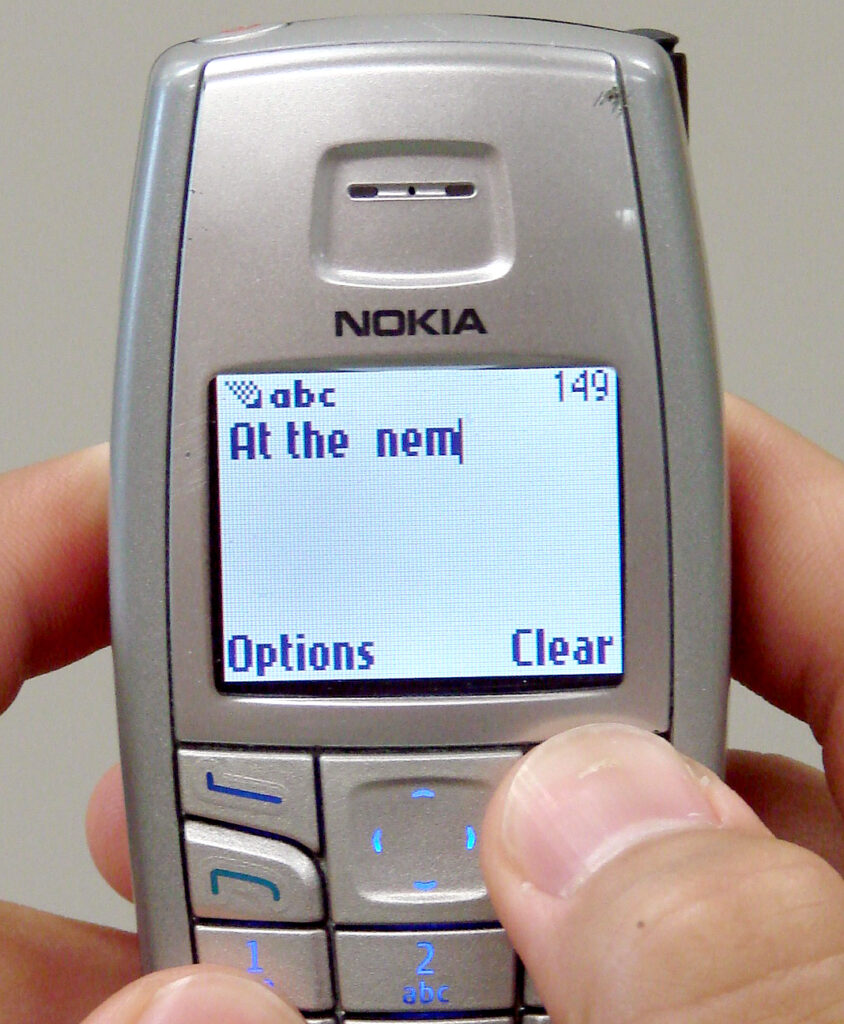
Whatsapp, Messenger,… all these applications have the same ancestor: SMS for Short Message Service
Several people claim the paternity of SMS but the consensus is Matti Makkonen engineer for Nokia in the 1980s.

The latter had the idea during a meal with two of his colleagues: find a simple way to allow the deaf and hard of hearing to use mobile phones.
Nokia will be the first manufacturer to include SMS in its phones in 1994.
3 – Podcast and Audiobooks
How many of you occupy your time in transport listening to audio books?
Audiobooks have become another way of reading a book in our ever-busy lives. But originally, audiobooks were created to include the visually impaired and blind in the world of paper and ink.
During the 1930s, in the United States, the Library of Congress is investing in the “Books for the Adult Blind Project” program to make its books accessible to blind citizens.
…originally, audio books were created to include the visually impaired and blind in the world of paper and ink…
The first recordings included plays by William Shakespeare, the American Constitution and the short story by American Gladys Hasty Carroll “As the Earth Turns”.
4 – The phone vibrator
This basic functionality which allows you to put your smartphone in stealth mode was implemented in 1996 by Motorola for the StarTAC.
This innovation was created for two purposes : the first, allowing you to feel your phone if you are in a noisy environment.
The second, to allow hearing-impaired people to be alerted to each notification from their phone.
5 – Cruise control

If you drive a recent car, you're probably using cruise control, a useful feature to avoid speeding or maintain your speed without having to think about it.
This invention is the work of Ralph Teetor, blind as a result of an accident in childhood.
During the 30 years, he was regularly driven by his lawyer who varied his speed depending on how attentive he was to their conversations.
These irregularities irritated him and he had the idea of what will become the cruise control of our current cars.
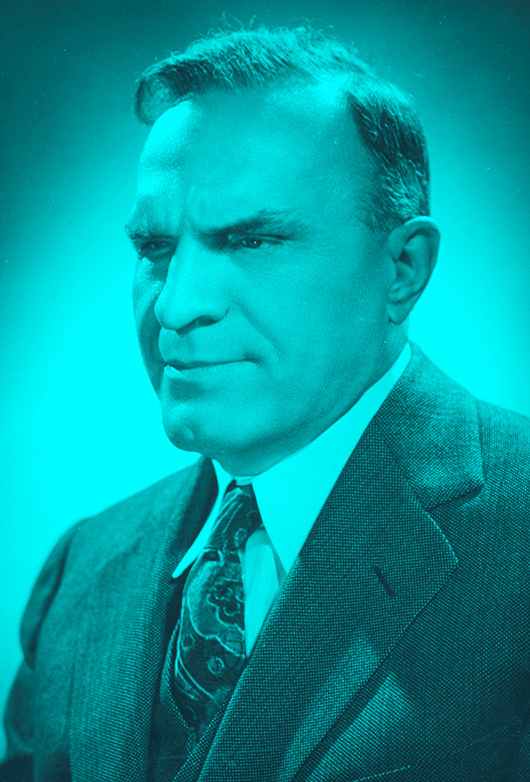
Closing & Take Away
Taken from these 5 inventions, 5 good practices for designing accessible:
- work with people with disabilities
- Think and design simple
- Be curious what is happening in sectors other than yours
- If your product is easy to use for a target in a difficult situation, it will be for everyone
- Be emphatic : what you are not aware of can be a source of frustration for others.
source:
https://fr.wikipedia.org/wiki/Alexander_Graham_Bell
https://courses.cs.washington.edu/courses/cse590w/10sp/deaf-tech10.pdf
https://en.wikipedia.org/wiki/SMS
https://www.loc.gov/nls/about/organization/laws-regulations/
https://bookriot.com/2016/06/28/a-brief-history-of-the-audiobook/
https://owlcation.com/humanities/7-Life-Changing-Inventions-Created-by-Blind-Inventors
https://en.wikipedia.org/wiki/Motorola_StarTAC
https://www.tigermobiles.com/evolution/#secondPhon
Laetitia https://twitter.com/Laetitia_m_g
UX/UI ECO-DESIGN # Paris
SMILE Paris
163 quay of Doctor Dervaux 92600 Asnières-sur-Seine
DESIGN THINKING: CREATING INNOVATION # Belgium
UX-REPUBLIC Belgium
12 avenue de Broqueville - 1150 Woluwe-Saint-Pierre
MANAGING AND MEASURING UX # Paris
SMILE Paris
163 quay of Doctor Dervaux 92600 Asnières-sur-Seine
DESIGN SPRINT: INITIATION & FACILITATION # Paris
SMILE Paris
163 quay of Doctor Dervaux 92600 Asnières-sur-Seine
UX-DESIGN: THE FUNDAMENTALS # Belgium
UX-REPUBLIC Belgium
12 avenue de Broqueville - 1150 Woluwe-Saint-Pierre
GOOGLE ANALYTICS 4 #Paris
SMILE Paris
163 quay of Doctor Dervaux 92600 Asnières-sur-Seine
ACCESSIBLE UX/UI DESIGN # Belgium
UX-REPUBLIC Belgium
12 avenue de Broqueville - 1150 Woluwe-Saint-Pierre
EXPERIENCE MAPPING # Paris
SMILE Paris
163 quay of Doctor Dervaux 92600 Asnières-sur-Seine
USER RESEARCH: LEARNING FROM USERS # Belgium
UX-REPUBLIC Belgium
12 avenue de Broqueville - 1150 Woluwe-Saint-Pierre
